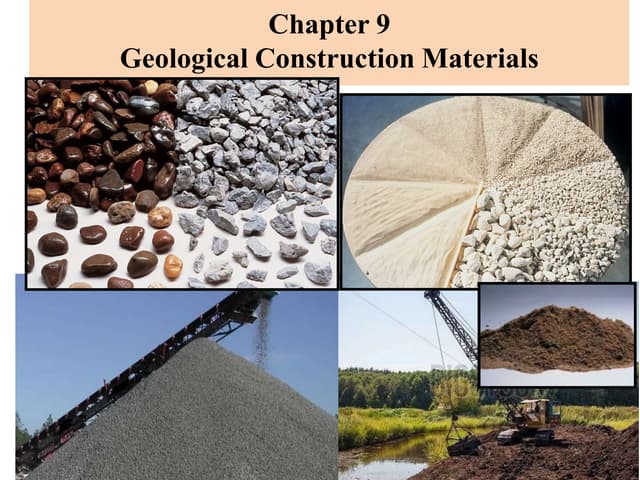Kent’s landscape is more than just rolling hills and scenic coastlines—it’s a geological patchwork that directly influences the way homes, roads, and entire communities are built. Beneath our feet lies a rich mix of clay, chalk, sand, and gravel, each bringing its own challenges and opportunities to the world of construction.
From the shifting Weald Clay to the sturdy chalk beds of the North Downs, the county’s geology has dictated building techniques for centuries. But how does this affect modern construction? And why should homeowners, developers, and renovators care?
In this guide, we dig deep (literally) into Kent’s subsoil to uncover how local geology shapes the way builders in Kent approach their craft.
Contents
- The Geological Tapestry of Kent
- How Different Soil Types Affect Construction
- Foundations: Building on Solid (or Not-So-Solid) Ground
- Comparing Construction Challenges Across Kent
- FAQs: Kent’s Geology and Construction
1. The Geological Tapestry of Kent
Kent’s landscape is a time capsule of the Earth’s history, shaped by ancient seas, shifting tectonic plates, and thousands of years of erosion. The county is primarily made up of:
- Weald Clay: Found in central Kent, this dense, moisture-retentive soil can wreak havoc on foundations when it expands and contracts.
- Chalk: Running through the North and South Downs, chalk provides a surprisingly solid base for construction, though it can be prone to water seepage.
- River Gravels & Sands: Along the Thames and Medway, these deposits offer a naturally draining subsoil, reducing the risk of flooding.
- Greensand Ridge: A mix of sand and clay, offering relatively stable ground but requiring careful drainage solutions.
Each of these geological conditions affects construction techniques, materials, and long-term durability.
2. How Different Soil Types Affect Construction
Builders don’t just dig a hole and hope for the best. Kent’s varying soil types mean they must adapt their methods to ensure stability, efficiency, and longevity.
- Clay-rich areas (Weald Clay) – Requires deeper foundations and often reinforced piling to prevent movement over time.
- Chalk landscapes – Offers a strong base but needs moisture management to avoid water-related erosion.
- Sandy and gravelly soils – Drain well but often require compacting to prevent shifting.
- Mixed terrain (such as the Greensand Ridge) – Demands tailored approaches, combining drainage solutions with appropriate foundation types.
3. Foundations: Building on Solid (or Not-So-Solid) Ground
Ever wondered why some houses in Kent develop cracks while others stand firm for centuries? The answer lies in the foundations. Depending on the local geology, builders must choose from:
- Strip Foundations – Common in stable, chalky areas where the ground provides reliable support.
- Piled Foundations – Used in clay-heavy regions, where deeper anchoring prevents seasonal soil movement.
- Raft Foundations – Ideal for mixed or softer ground, spreading the building load to prevent uneven settling.
Building on Kent’s terrain isn’t just about putting bricks on top of one another—it’s a delicate balancing act between natural forces and human ingenuity.
4. Comparing Construction Challenges Across Kent
| Region | Dominant Soil Type | Construction Challenges | Best Practices |
| Maidstone & Tonbridge | Weald Clay | High shrink-swell risk, unstable ground | Deep foundations, reinforced piling |
| Canterbury & Dover | Chalk | Potential for water seepage, erosion | Proper drainage, reinforced waterproofing |
| Medway & Thames Estuary | River Gravels & Sands | Loose ground, flood risks | Compacting, flood-resistant designs |
| Sevenoaks & Greensand Ridge | Greensand | Variable stability, mixed conditions | Tailored foundation methods |
Kent’s geological quirks mean there’s no one-size-fits-all solution. Whether restoring a heritage home or developing new housing estates, local expertise is crucial.
5. FAQs: Kent’s Geology and Construction
- What’s the biggest construction challenge in Kent?
The shrink-swell cycle of Weald Clay is one of the most notorious issues. It can cause structural movement, making foundation design critical.
- Can builders work with the natural geology rather than against it?
Yes, and they do! Sustainable techniques such as natural drainage solutions, reinforced piling, and eco-friendly building materials ensure stability while respecting the land.
- Do geological surveys matter for new builds?
Absolutely. The British Geological Survey (BGS) provides essential data, and any reputable builder will commission ground investigations before laying foundations.
- Are chalk foundations a good thing?
Generally, yes! Chalk offers excellent load-bearing capacity, but moisture management is essential to prevent erosion.
- How does Kent’s geology affect property value?
Homes built on stable ground (like chalk or gravel) tend to hold their value better than those on shifting clay, where subsidence can be a long-term concern.
Conclusion: Building with the Land, Not Against It
Kent’s geology isn’t just an interesting academic subject—it’s a crucial factor that shapes every build, renovation, top floor attic loft conversion and restoration project. From the shifting clay of the Weald to the solid chalk of the Downs, builders must adapt, innovate, and respect the natural landscape.
For homeowners and developers alike, understanding the ground beneath your feet is the first step toward a stable, long-lasting investment. If you’re planning a project, make sure you choose experts who know the land inside out.

